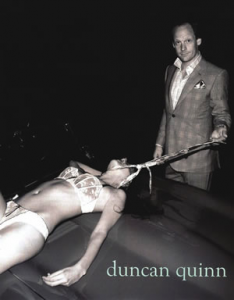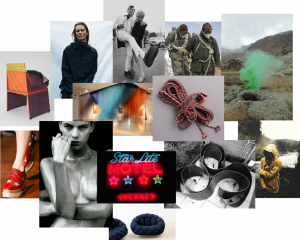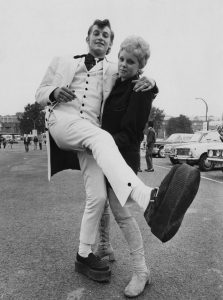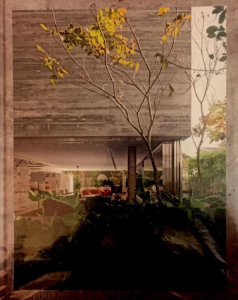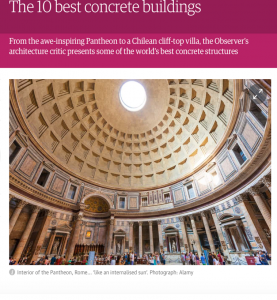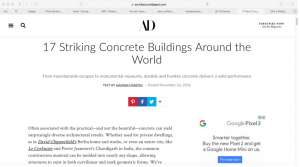Fashion review (V and A Exhibition)
The exhibition is showing the work from the designer, Cristobal Balenciaga and how he has shaped modern fashion to what it is today. He his designs shown in the exhibition are work from a masterclass designer.
Alongside his work he has terrific garment designs form designers such as, Paco Rabanne and Oscar de le Renta. This is probably due to them being very out there and sharp. A lot of the designs from Balenciaga are very floral, a dress in particular stood out to me as it was darker and drained of any colour. This was extremely different to the others as they are normally packed with vibrant colours, but this one felt like it had more meaning behind it. The Garment looked like a thick plastic bag with almost a reverse dress shape as it is bigger around the shoulders and decreases in size as it goes down.
A huge part and focal point of the exhibition was the x-ray shoot looking at the “Taffeta Evening dress” as it shows the inside details and the making of the dress. This is defiantly something for the “fashion nerds” as it is the close-up details of a dress made by someone who changed modern fashion. I feel that the inside details shown on the dress show how hard and how much hard work has been put into it. I particular like the amount of layers shown in the garment.
Balenciaga once said, “a woman has no need to be perfect and or even beautiful to wear my dresses. The dress will do that for her” I feel this quote has a good reflection on his designs.
I am looking at a review from a newspaper called “Time out” they looked at the exhibition hosted by V and A Fashion. They go into lots of the depth over the description of the garments and what they could mean. The newspaper draws the audience in with a positive, capturing first paragraph as they talk about the first floor and described it as, ‘will have fashion nerds in their element” From what I saw this quote is very accurate when I consider the details shown in the making of some of the designs, the “fashion nerds” can really get the inside details.
The newspaper mentioned the nick Veasey’s x-ray photography, this stood out to the news like it did to me and they’re view, “deceptively simple work was actually incredibly intricate” they highlighted this in a paragraph just like I did which is more evidence that it was a focal part of the exhibition. They also talk about the second floor and how it talks about his legacy and the embroidery of his designs.
As a whole and judging from the review of the Time Out article it is defiantly worth going and as someone who hasn’t visited myself, I can confidently say I would like to visit myself as a up and coming designer. So, I would defiantly recommend people going along to this exhibition when it comes around the next year.

